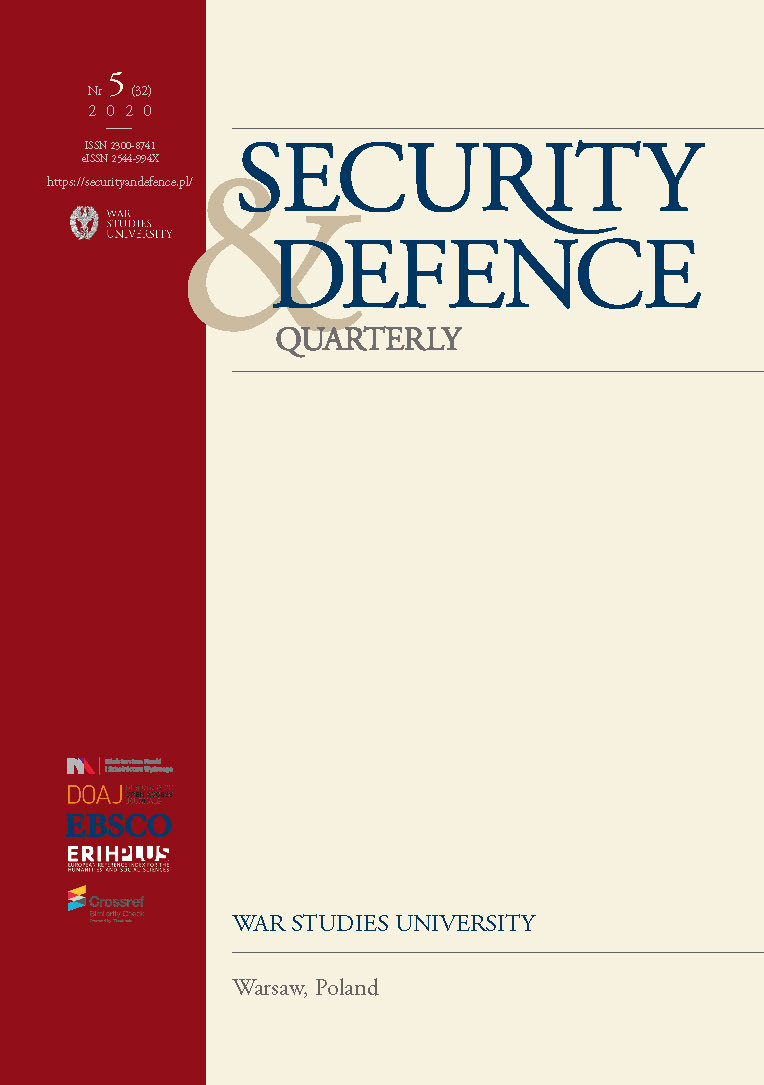Fitness OSINT: Identifying and tracking military and security personnel with fitness applications for intelligence gathering purposes
Fitness OSINT: Identifying and tracking military and security personnel with fitness applications for intelligence gathering purposes
Author(s): Cyprian A. KozeraSubject(s): Security and defense, Peace and Conflict Studies
Published by: Akademia Sztuki Wojennej
Keywords: intelligence;OSINT; open source; fitness application; Suunto;
Summary/Abstract: The objective of this paper is to demonstrate the possibility of tracking and identifying military and other security personnel, operating in secretive or restricted areas. Such exposure might have dire consequences from the perspective of counterintelligence or physical security. Open Source Intelligence (OSINT) and Social Media Intelligence methods and techniques were employed to gather and analyse information on security and military personnel and expose their activities on-line. The case studies presented in the article exemplify utilisation of the new “Suunto” fitness application for open-source-based intelligence research. Despite general Operational Security rules that require all personal data such as names, pictures and habits to be kept discreet, open-source based research with one of the most popular fitness applications allowed the identification of military personnel and government agents operating in Afghanistan, Mali, Syria or working at national military facilities. In a single case, it took the author less than thirty minutes to identify personal details of a US Army soldier in Afghanistan and a Special Forces officer in one of the European countries and obtain their home addresses and pictures of them and their families. The results of the research show how OSINT techniques concerning fitness applications are useful both for intelligence and counterintelligence, specifically for malicious and terrorist purposes, and how necessary it is to make fitness and other, supposedly personal, activity private, especially for those who carry out sensitive missions and work in a restricted or secretive environment.
Journal: Security and Defence Quarterly
- Issue Year: 32/2020
- Issue No: 5
- Page Range: 41-52
- Page Count: 11
- Language: English

